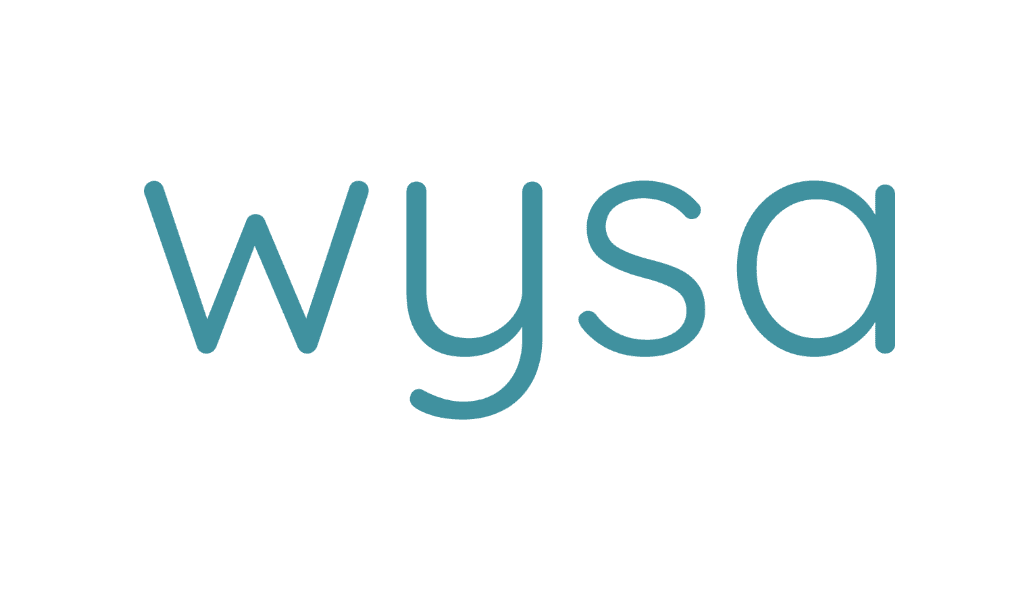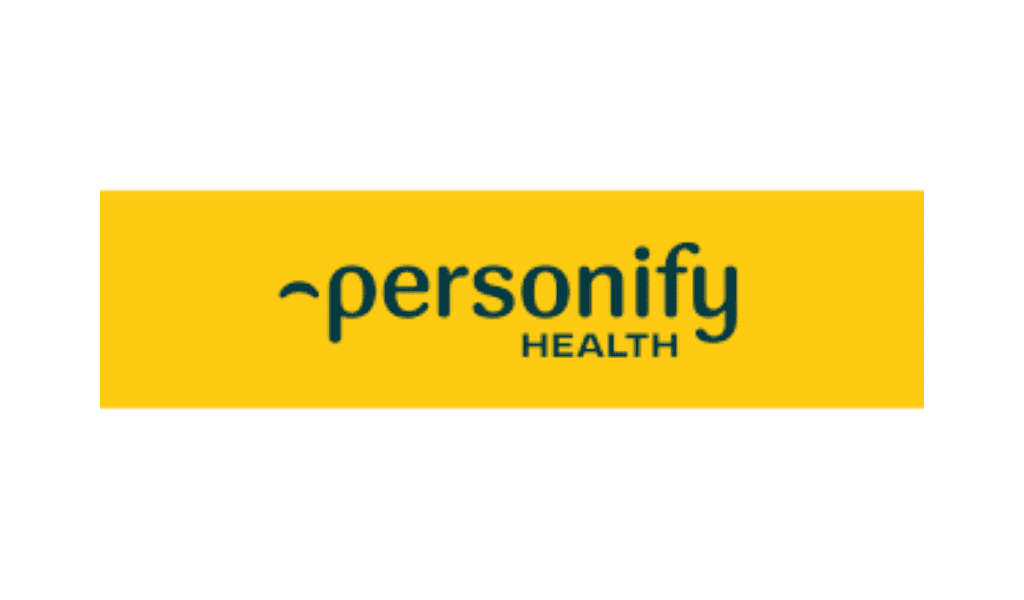Leaders can help the LGBTQIA+ community be comfortable with themselves in the workplace by following these simple steps.
By Zee Johnson
The “rules” of diversity, equity, and inclusion (DEI) are always changing, especially in the workplace. While many companies have ramped up their initiatives and efforts to ensure every individual is considered, the LGBTQIA+ community thinks there’s more to be done.
A recent study found that members of the LGBTQIA+ community feel they can’t bring their true selves to work. In fact, one in four LGBT+ young adults said they went “back in the closet” after starting work, and 14% said they rarely or never felt able to be themselves. That number jumped to 20% among transgender respondents.
In contrast to people with obvious differences that set them apart from others—like race or certain disabilities—LGBTQIA+ members have the option of being forward about their distinctions—or not. Each day, many are troubled by the question: To be myself or not to be? “Many members of the LGBTQIA+ community are faced with the question and challenge of how much of their identities they want to bring into the workplace,” says Elizabeth Weingarten, head of behavioral science insights at Torch. “Unlike individuals with other underrepresented identities that are clearly visible, such as different racial groups, members of this community can have a choice as to how visible they want to make their identity to the outside world.”
She also says that this is often a false choice because the group may ultimately feel that their workplace has not fostered an environment that would allow them to feel comfortable sharing their identities, therefore, they couldn’t even if they wanted to.
Supporting this group is of utmost urgency, as engagement isn’t the only thing on the line, mental well-being is too. “Imagine feeling like you can’t be yourself at work, or that you’re afraid of revealing a key part of who you are, and the effect it could have on your job,” Weingarten says. “In the U.S., the Human Rights Campaign just declared a state of emergency for the LGBTQIA+ community. This is a crucial point to take into account when considering how to support this group of employees.”
Next to simply asking employees how they’d like to be supported—after all, this population isn’t monolithic, but made up of individuals who each have their own experiences and needs—Weingarten offers up two additional ways to assist.
Step one: Offer support through mentor-based coaching. Companies can help members of this community as they navigate distinct workplace challenges by pairing them with a leader to help them figure out what workplace authenticity means to them and how they want to show up at work.
Step two: Ensure executives have the proper inclusive leadership skills. Cultivating inclusive leadership skills among executives and senior leaders will be key in changing workplace culture. Providing coaching for this population can have an impact not just on those who are coached, but on their teams and the organizational culture as a whole.
Ultimately, organizations that implement initiatives rooted in inclusion can better help the LGBTQIA+ community—and others—thrive in the workplace.














